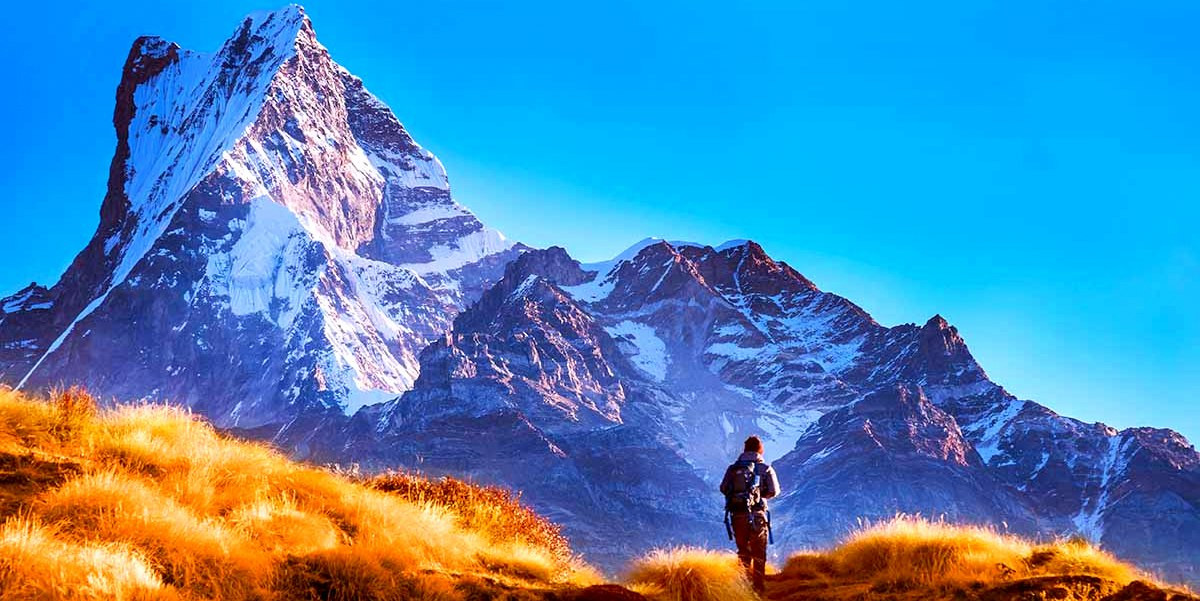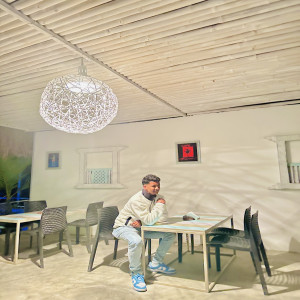Poon Hill Trek
The Poon Hill Trek is one of the most popular and rewarding short treks available in the Annapurna region of Nepal. It's particularly famous for its breathtaking panoramic views of the majestic Himalayan peaks. This trek is ideal for those who want to experience the beauty of the Nepalese mountains without embarking on a strenuous journey.
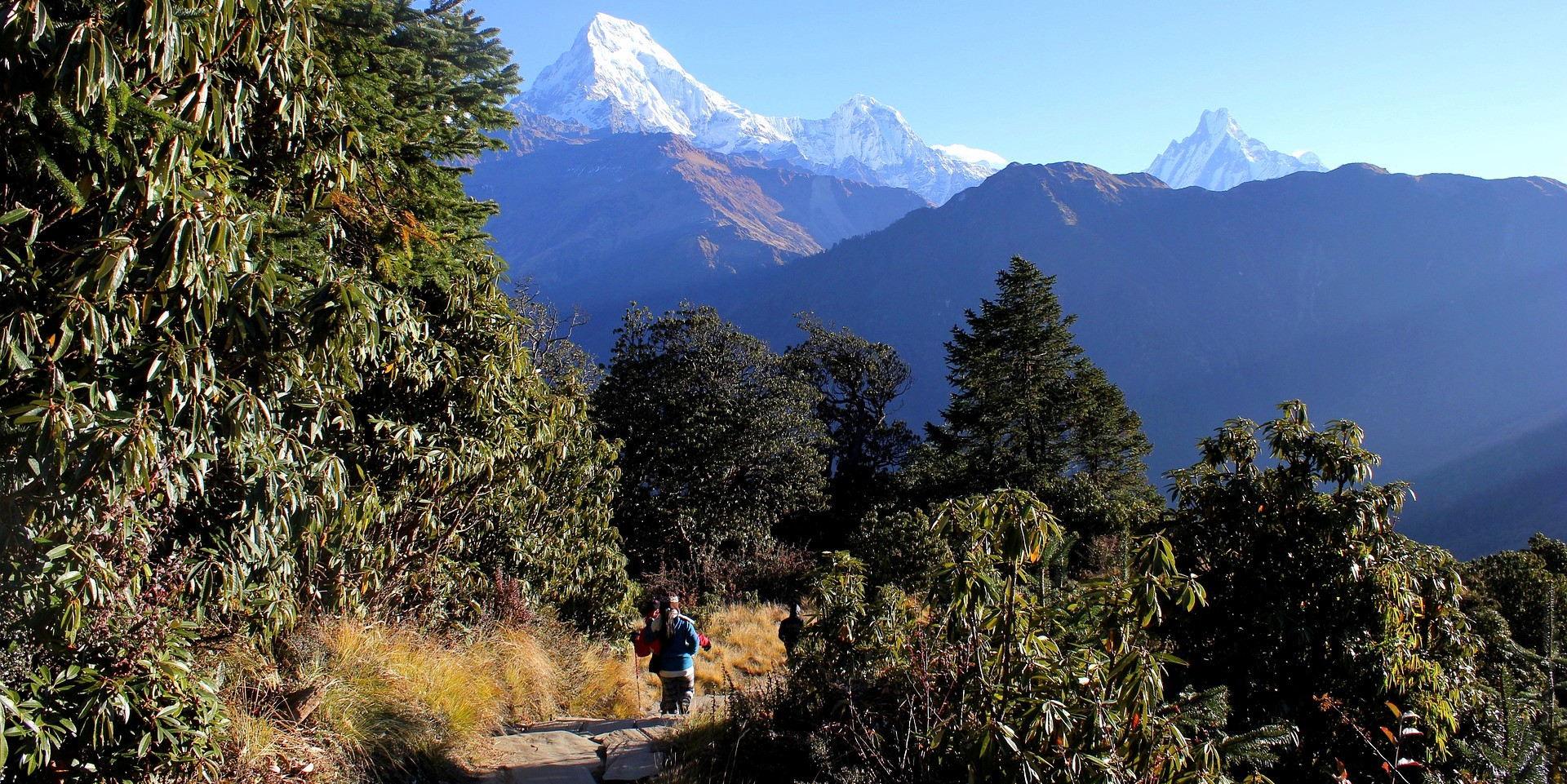
Overview
-
Duration: 4-5 days
-
Difficulty: Moderate
-
Best Season: Spring (March to May) and Autumn (September to November)
-
Starting Point: Nayapul, about a 1.5-hour drive from Pokhara
-
Maximum Altitude: Poon Hill at 3,210 meters (10,532 feet)
Highlights
-
Spectacular Sunrise: The highlight of the trek is the early morning hike to Poon Hill to witness a breathtaking sunrise over the Himalayas. The view encompasses a wide range of high peaks, including Dhaulagiri, Annapurna South, Machhapuchhre (Fishtail), and many others.
-
Rhododendron Forests: In spring, the trails are lined with blooming rhododendron forests, making the journey vibrantly beautiful.
-
Ethnic Villages and Culture: Trek through charming Gurung and Magar villages, experiencing their rich cultural heritage and hospitality.
The Poon Hill Trek is perfect for those who are looking for a relatively easy trek that still offers the magnificent views associated with higher and more arduous treks in the Himalayas. It’s also suitable for families with older children and is feasible year-round, although clear skies during spring and autumn provide the best mountain views. With its combination of natural beauty, cultural immersion, and accessibility, the Poon Hill Trek promises a fulfilling and memorable adventure in Nepal.
Langtang Valley Trek
The Langtang Valley Trek is a serene and picturesque journey into one of the closest trekking regions to Kathmandu, yet it remains relatively untouched compared to the more trodden paths of the Everest or Annapurna regions. This trek offers a wonderful combination of natural beauty, cultural encounters, and stunning mountain views, making it an excellent choice for those who want to experience a diverse aspect of Nepal’s trekking opportunities.
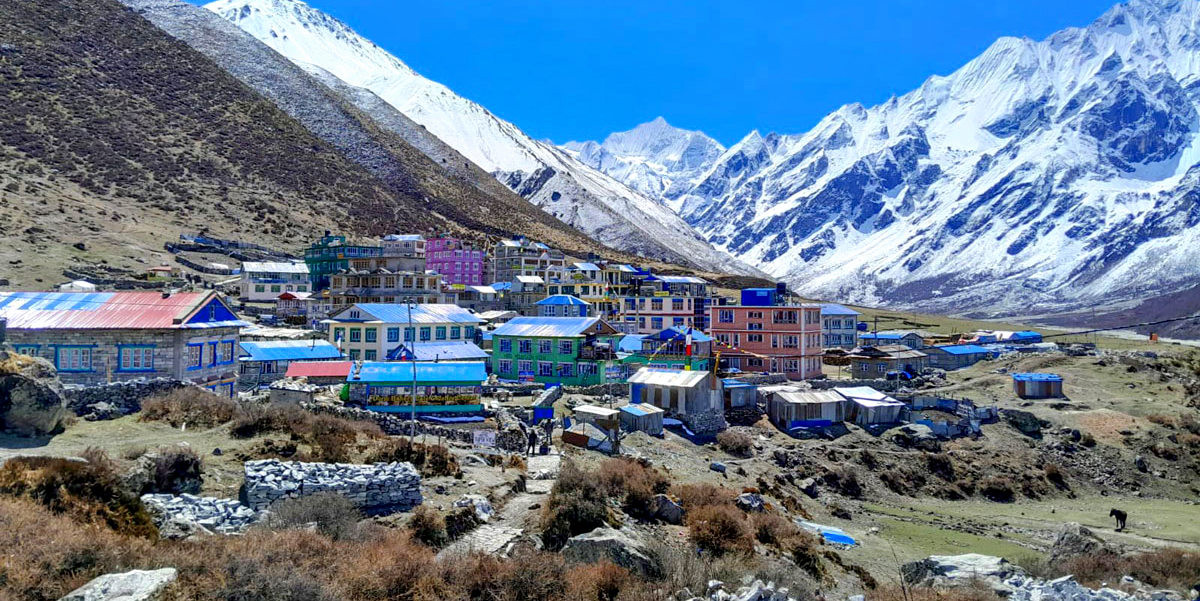
Overview
-
Duration: Typically 7-9 days
-
Difficulty: Moderate
-
Best Season: Spring (March to May) and Autumn (September to November)
-
Starting Point: Syabrubesi, a 6-7 hour drive from Kathmandu
-
Maximum Altitude: Kyanjin Gompa at 3,870 meters (12,697 feet)
Highlights
-
Scenic Landscapes: The trek provides dramatic views of waterfalls, bamboo forests, and towering peaks, including Langtang Lirung, Ganesh Himal, and several Tibetan peaks.
-
Rich Tibetan Culture: The region borders Tibet, offering trekkers an opportunity to experience a culture strongly influenced by Tibetan Buddhism, visible in the villages and monasteries along the route.
-
Wildlife: The Langtang National Park is home to diverse wildlife, including the endangered red panda and Himalayan tahr.
The Langtang Valley Trek is ideal for those interested in a moderately challenging trek that offers a mix of natural beauty and cultural richness without traveling too far from Kathmandu. The trek is also a chance to support the local economy recovering from the earthquake. It’s perfect for those who wish to avoid the more crowded trails and enjoy a more tranquil trekking experience. With its proximity to Kathmandu, diverse landscapes, and profound cultural insights, the Langtang Valley Trek is a fulfilling adventure not to be missed.
Mardi Himal Trek
The Mardi Himal Trek is a hidden gem in the Annapurna region of Nepal, offering a quieter alternative to the more popular treks in the area. This trek leads you through beautiful forested paths and rugged mountain terrain to the base of Mardi Himal and the Annapurna range. It's an excellent choice for trekkers looking to experience the majesty of the Himalayas in a more secluded setting.
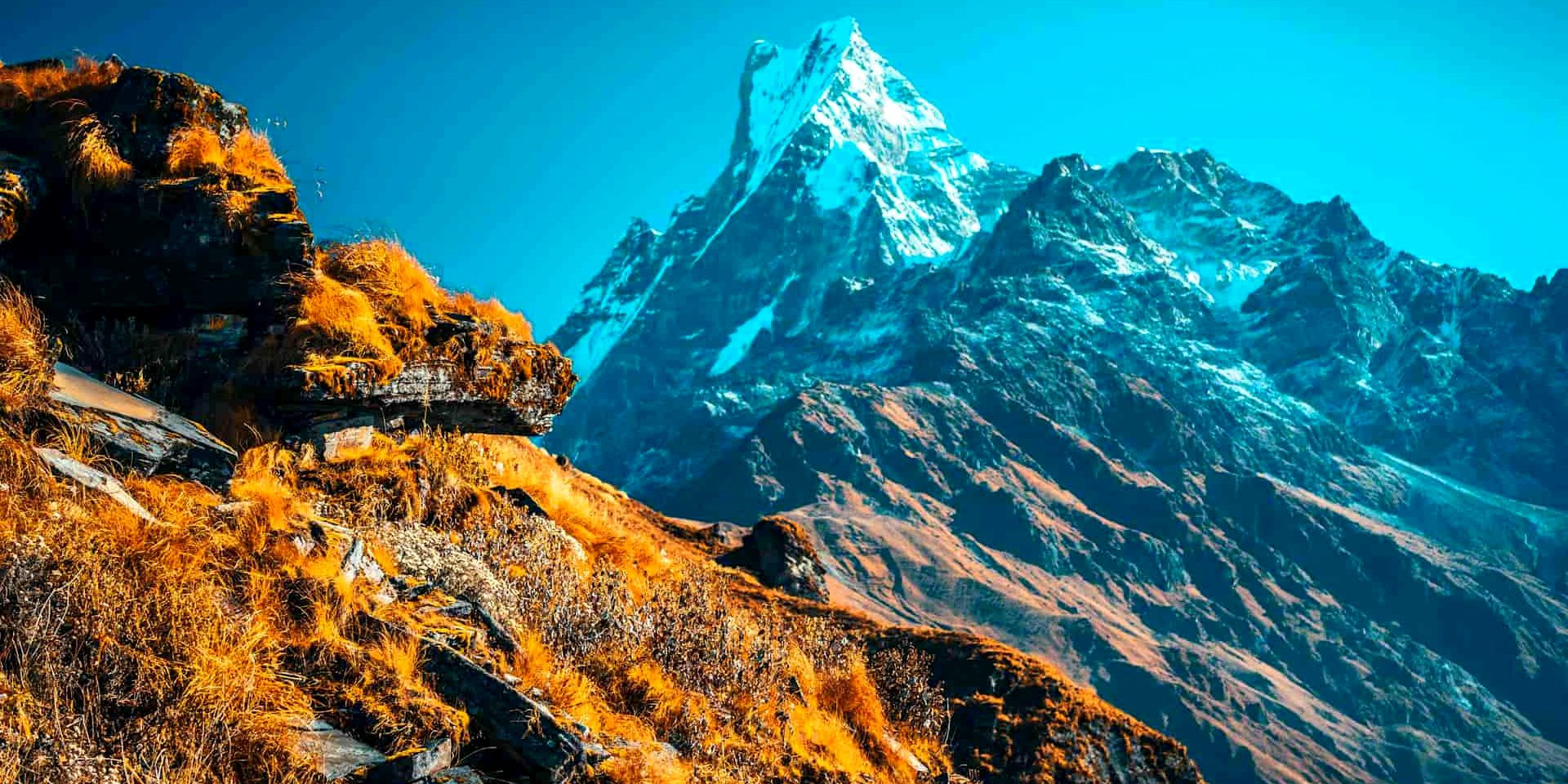
Overview
-
Duration: 5-6 days
-
Difficulty: Moderate to challenging
-
Best Season: Spring (March to May) and Autumn (September to November)
-
Starting Point: Kande, after a short drive from Pokhara
-
Maximum Altitude: Mardi Himal Base Camp at 4,500 meters (14,764 feet)
Highlights
-
Stunning Mountain Views: As you ascend, spectacular views of Mardi Himal, Machapuchhre (Fishtail), Annapurna South, and Hiunchuli unfold.
-
Remote and Serene Trails: The paths less travelled offer a peaceful trekking experience, away from the crowds of the more frequented trails.
-
Rich Biodiversity: The initial part of the trek meanders through dense rhododendron forests, opening up to rugged mountain scenery as you climb higher.
The Mardi Himal Trek is perfect for those looking to explore the quieter side of the Annapurna region. It offers a balance of natural beauty and physical challenge, suitable for those with a decent level of fitness and a desire for a less crowded experience. The trek provides a close encounter with nature and traditional lifestyles in the Himalayas, making it a fulfilling choice for adventure seekers looking for something a little different.
Ghandruk Village Trek
The Ghandruk Village Trek is one of the most delightful and accessible short treks in the Annapurna region of Nepal. It's particularly appealing for its cultural insights, as well as the spectacular views of the Annapurna range it provides. This trek is an excellent choice for those who wish to enjoy a moderate walk through beautiful landscapes and experience the rich culture of the Gurung people without venturing too high or too far.
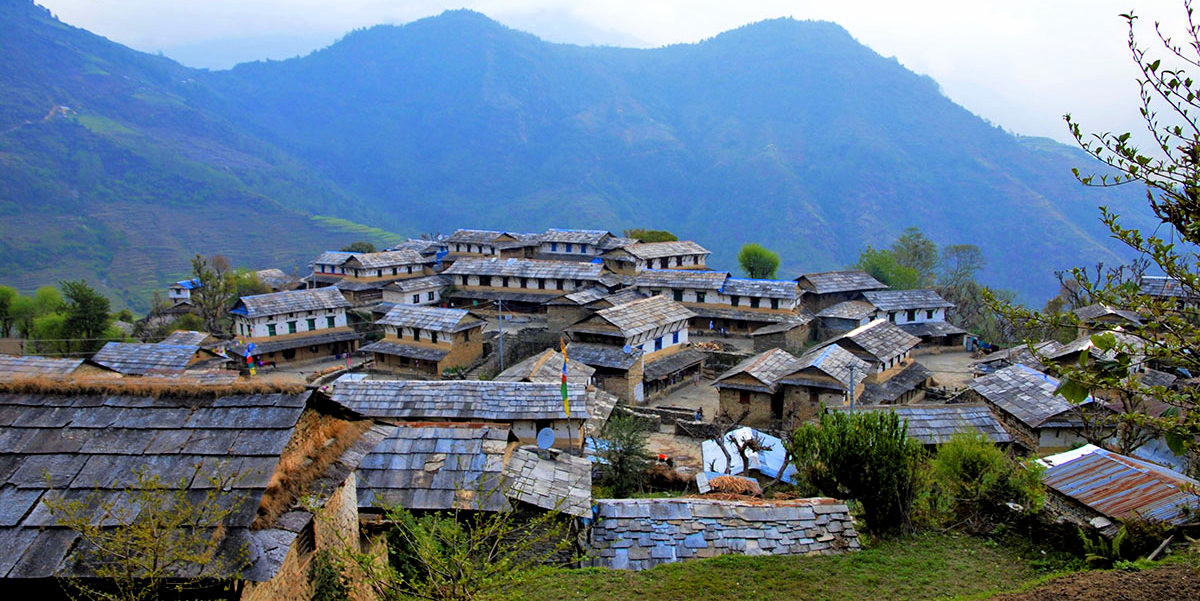
Overview
-
Duration: 3-4 days
-
Difficulty: Easy to moderate
-
Best Season: Spring (March to May) and Autumn (September to November)
-
Starting Point: Nayapul, a short drive from Pokhara
-
Maximum Altitude: Ghandruk at 1,940 meters (6,364 feet)
Highlights
-
Stunning Mountain Views: Ghandruk offers impressive views of Annapurna South, Hiunchuli, Machapuchhre (Fishtail), and other Himalayan giants.
-
Rich Gurung Culture: The trek provides a wonderful opportunity to delve into the lives of the Gurung people, with their traditional stone houses and vibrant cultural practices.
-
Accessibility: This trek is easily accessible from Pokhara, making it an ideal choice for those with limited time but a desire to experience trekking in the Himalayas.
The Ghandruk Village Trek is especially suitable for families, beginners, or those looking to experience trekking in Nepal without the physical demands of higher-altitude treks. It combines natural beauty with cultural richness, offering a balanced and enriching short trekking experience. The trek is also flexible, with options to extend or shorten the journey, making it a very convenient choice for most travellers. Additionally, the hospitality of the Gurung community adds a warm and memorable touch to the adventure, leaving trekkers with lasting impressions of Nepal's mountain culture.
Helambu Trek
The Helambu Trek is an attractive option for those looking to explore the natural beauty and cultural richness of Nepal without venturing too far from Kathmandu. This trek is known for its relative ease, making it particularly suitable for beginners or those with limited time. It provides a quieter alternative to the more crowded treks, offering a mix of stunning landscapes, authentic local culture, and accessible trekking conditions.
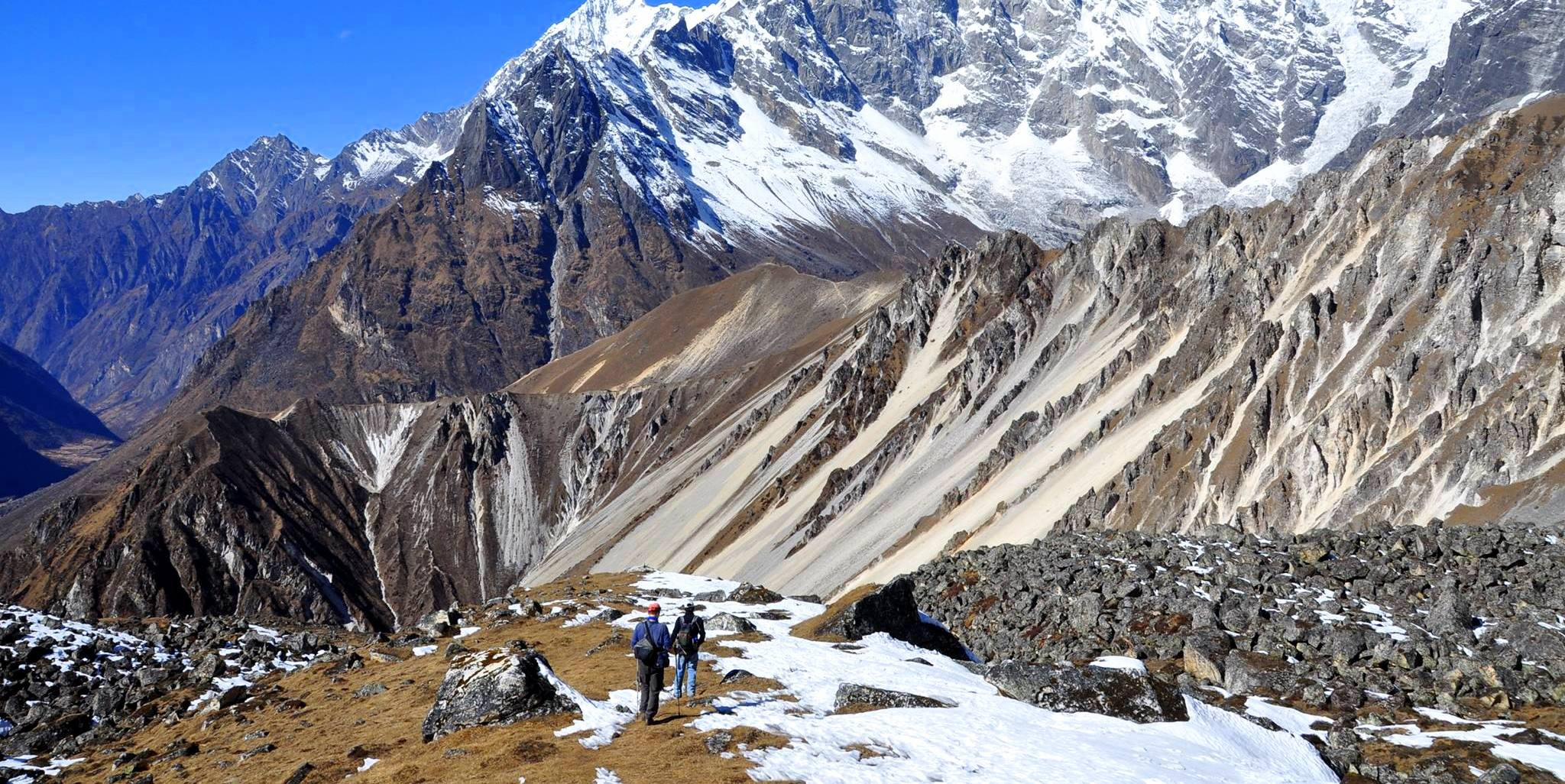
Overview
-
Duration: 5-8 days
-
Difficulty: Easy to moderate
-
Best Season: Spring (March to May) and Autumn (September to November)
-
Starting Point: Sundarijal, a short drive from Kathmandu
-
Maximum Altitude: Tharepati Pass, 3,690 meters (12,106 feet)
Highlights
-
Diverse Landscapes: The trek traverses through lush forests, across sparkling streams, and past waterfalls, with superb views of the Langtang and Ganesh Himal ranges.
-
Cultural Experience: The region is home to the Hyolmo people, whose unique culture and practices are a highlight of the trek. Visiting local monasteries and interacting with the communities offers a deep dive into their traditions.
-
Accessibility: Its close proximity to Kathmandu makes the Helambu Trek a convenient option for those looking to experience Himalayan trekking without the logistics of extended travel.
The Helambu Trek offers a wonderful combination of scenic beauty, cultural immersion, and trekking ease. It is an ideal choice for those interested in a less strenuous trek that still provides a rich experience of Nepal's natural and cultural heritage. It's also a great trek for those who are short on time but want to experience the essence of Himalayan trekking. With its convenient access and the cultural depth it offers, the Helambu Trek is a rewarding journey that showcases a quieter, yet equally enchanting side of Nepal.
Kathmandu Valley Trek
The Kathmandu Valley Trek is an excellent choice for those looking to experience the beauty of Nepal’s natural landscapes and ancient cultures without venturing too far from the capital city. This trek is easily accessible, relatively easy, and can be completed within a short period, making it perfect for travellers who are either short on time or prefer not to deal with the challenges of high-altitude trekking.
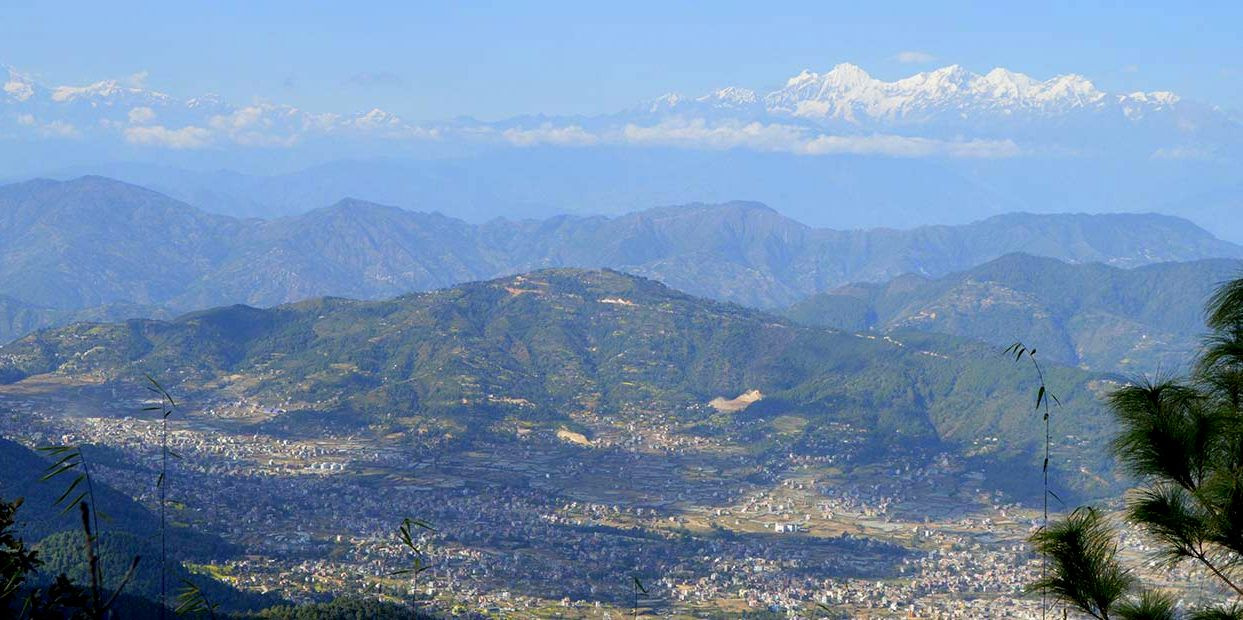
Overview
-
Duration: 2-3 days
-
Difficulty: Easy to moderate
-
Best Season: Spring (March to May) and Autumn (September to November)
-
Starting Point: Various points around Kathmandu Valley
-
Maximum Altitude: Approximately 2,800 meters (9,186 feet)
Highlights
-
Cultural Richness: The trek routes through areas rich in cultural heritage, including ancient temples and traditional Newari villages.
-
Panoramic Mountain Views: Offers stunning views of the Himalayan ranges, including Mount Everest on a clear day, from viewpoints like Nagarkot and Chisapani.
-
Accessibility: Its proximity to Kathmandu makes it a convenient option for those who wish to experience trekking in Nepal without the need for long travel times or extensive preparation.
The Kathmandu Valley Trek is ideal for beginners, families, or anyone looking to experience trekking in Nepal without committing to the more strenuous and time-consuming treks found in other regions. It offers a blend of natural beauty, historical exploration, and cultural immersion, all within a short distance of the nation's capital. The trek not only provides a peaceful retreat from the bustling city life but also offers insights into the traditional lifestyles of the local communities surrounding Kathmandu. This makes it a perfect option for a quick yet enriching Himalayan trekking experience.
Tips for Short Trekking Destinations in Nepal
Short treks in Nepal are an exhilarating experience that combines natural beauty with cultural richness. To make the most of your journey, here are some essential tips that will help ensure a safe, enjoyable, and memorable trekking experience:
Choose the Right Season
-
Optimal Timing: The best times for trekking in Nepal are during the spring (March to May) and autumn (September to November). These months offer clear skies, stable weather, and the best views of the mountains.
-
Consider Off-Peak Seasons: If you prefer fewer crowds, consider trekking in the shoulder seasons (late February, early June, or late November). Be prepared for less predictable weather during these times.
Pack Appropriately
-
Essential Gear: Bring layers of clothing that can handle a variety of temperatures and weather conditions. Include a waterproof jacket, comfortable trekking boots, a warm hat, and gloves.
-
Light Packing: Since these treks are shorter, you can pack lighter. Focus on essentials and leave unnecessary items behind to make your trek more comfortable.
Stay Hydrated and Nourished
-
Water Intake: Drink plenty of water throughout your trek. Dehydration can be a serious issue, even in cooler climates, as trekking can be strenuous.
-
Nutrition: Eat balanced meals provided by the teahouses or carry your snacks like energy bars and fruits for quick energy boosts.
Acclimatise Properly
- Understand Altitude Sickness: Even on shorter treks, you can experience altitude sickness. Understand the symptoms and take it easy the first few days to acclimatise to higher elevations.
Hire a Local Guide
-
Local Expertise: A local guide can enhance your trekking experience by providing insights into the local culture and ensuring you take the safest and most scenic routes.
-
Support Local Economy: Hiring local guides also supports the local economy and promotes sustainable tourism.
Respect Local Customs
- Cultural Sensitivity: Be respectful of local customs and traditions. Dress modestly, ask for permission before taking photographs, and be polite to the local people you meet.
Prepare for Emergencies
-
Emergency Plan: Carry a basic first-aid kit and know the basics of how to use it. It's also wise to have travel insurance that covers emergency evacuation and medical expenses.
-
Stay Connected: Carry a local SIM card or a satellite phone to stay connected in remote areas where there might not be regular mobile coverage.
Leave No Trace
- Environmental Responsibility: Maintain cleanliness and ecological integrity by carrying out all your trash, using biodegradable products, and staying on designated trails to minimise your impact on the environment.
Document Your Journey
-
Keep a Journal: Documenting your trek can enrich the experience and provide you with a keepsake to remember your journey.
-
Photography: Nepal's landscapes are photogenic. Carry a good camera or smartphone to capture the memories.
Following these tips will help ensure that your short trekking adventure in Nepal is not only enjoyable but also safe and respectful towards the natural environment and local cultures. Enjoy your trek in the stunning landscapes of Nepal!
Ideal Time for Short Trekking Destinations in Nepal
Choosing the ideal time for short trekking destinations in Nepal can greatly enhance your trekking experience by providing better weather, clearer skies, and more comfortable trekking conditions. Here’s a breakdown of the best times to plan your trek:
-
Autumn (September to November): Autumn is widely regarded as the best time to trek in Nepal. During these months, the weather is stable and dry, offering clear blue skies and excellent visibility. The views of the Himalayan peaks are spectacular, making it the perfect season for photography enthusiasts and nature lovers.
-
Spring (March to May): Spring is another prime season for trekking in Nepal. The weather is warmer compared to autumn, and the landscape comes alive with blooming flowers, especially rhododendrons, the national flower of Nepal, which adds a spectacular splash of colour to the hillsides.
-
Winter (December to February): Winter treks in Nepal can also be enjoyable, particularly for those who prefer solitude and do not mind the cold. Lower altitude treks such as the Poon Hill Trek or treks around the Kathmandu Valley are feasible during winter.
-
Monsoon (June to August): The monsoon season is generally less ideal for trekking due to heavy rains, which can lead to slippery trails, leeches, and obscured mountain views. However, certain regions like Mustang and Dolpo fall in the rain shadow area, making them viable options during the monsoon.
The best time for trekking in Nepal ultimately depends on what you want from your trek. If you’re after clear skies and excellent mountain views, aim for the peak seasons of spring and autumn. If you prefer solitude and are prepared for colder weather, winter and the fringe months of the monsoon season might be suitable. Each season in Nepal offers its own unique experiences, and with the right preparation, trekking can be enjoyable year-round.
Coming from Nepal, the short hikes provide a fast but significant way to see the stunning scenery, dynamic societies, and gracious hospitality of the Himalayas. Perfect for beginners as well as seasoned trekkers, these trails are just right for people lacking much time but having a strong wish to travel. Every trail guarantees a memorable and rewarding encounter, be it the cultural depths of Langtang Valley, the panoramic vistas of Poon Hill, or the calm tracks of Mardi Himal. Well thought-out in the bright seasons of spring and autumn, these trips also provide flexibility with possible winter and monsoon activities. Seize the chance Nepal's stunning brief treks offer to interact with nature and find different facets of yourself.
FAQs for Short Trekking Destinations in Nepal
Q: What is the best time to go on a short trek in Nepal?
A: The optimal times for short treks in Nepal are during the spring (March to May) and autumn (September to November). These seasons offer stable weather, clear skies, and excellent mountain visibility.
Q: Do I need a guide for short treks in Nepal?
A: While some short treks can be done independently, hiring a guide is recommended for enhancing your experience through local knowledge, safety, and support of the local economy.
Q: What should I pack for a short trek in Nepal?
A: Essential items include waterproof trekking boots, warm layers, a waterproof jacket, sunscreen, a sun hat, water purification tools, a basic first aid kit, snacks, a map, and a compass or GPS device.
Q: How fit do I need to be to undertake a short trek in Nepal?
A: It's important to have a good level of fitness as treks typically involve several hours of walking each day on varied terrain. Preparing with physical training can greatly enhance your trekking experience.
Q: Are permits required for short treks in Nepal?
A: Yes, most trekking areas require permits such as the Annapurna Conservation Area Permit (ACAP) and the TIMS (Trekker's Information Management System) card, available in Kathmandu or Pokhara.
Q: Can I trek with children?
A: Yes, many short treks are suitable for children, such as the Poon Hill Trek and the Kathmandu Valley Trek. Ensure the itinerary is flexible to accommodate the pace and needs of younger trekkers.
Q: What are the accommodation options like on short treks?
A: Accommodations are typically teahouses, which provide basic rooms and meals. It's advisable to bring your sleeping bag for additional warmth and hygiene.
Q: How do I manage altitude sickness on short treks?
A: Altitude sickness can be managed by acclimatising properly, staying hydrated, avoiding alcohol and smoking, and descending to a lower altitude if symptoms develop.
For the Tibet Tour, please click here.
If you are looking for different kinds of Tibet Packages, feel free to contact us.
